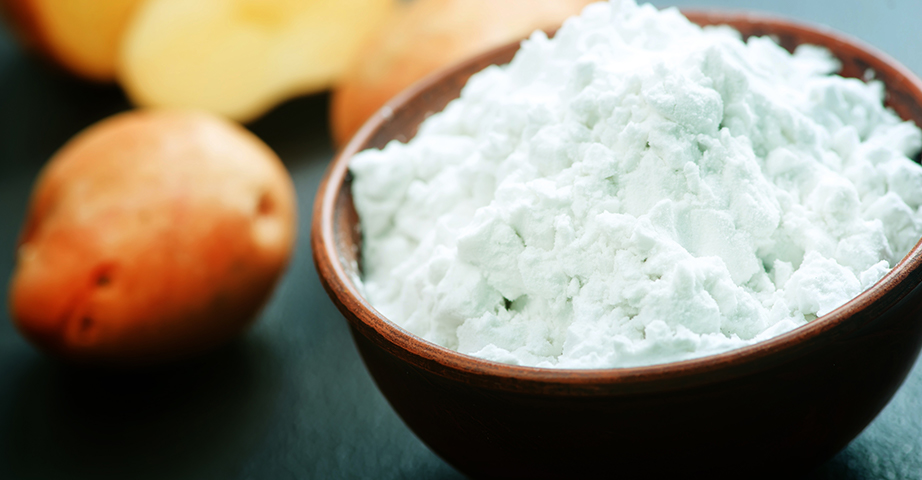Simple and complex sugars - role in the body and presence in food

Simple and complex sugars belong to the family of carbohydrates - a group of compounds found primarily in plants, providing a nutritional source of energy. How to distinguish simple from complex sugars? Where do they appear? What is their role in the body?
What are simple sugars?
Sugars are a group of chemical compounds simultaneously called carbohydrates because of their composition. Sugars are made up of carbon, hydrogen and oxygen atoms, while hydrogen and oxygen together form water. Although water itself is not present in carbohydrates, most of the carbs in a molecule have a hydrogen atom and an -OH group attached to them, so when sugars are burnt they produce carbon and water in the form of water vapour. Sugars have the form of a chain or ring, which can be linked together. Simple and complex sugars are especially important for human nutrition – they are a source of energy provided from food of plant origin, as sugars occur practically only in plants.
Simple sugars in chemistry are treated slightly differently than in food. According to chemical nomenclature, simple sugars include only those carbohydrate molecules made up of a single chain or ring (monosaccharides). In contrast, food science also considers simple sugars made of two rings joined together (monosaccharides and disaccharides). As in everyday use, it is more convenient to take a nutritional perspective on the division of sugars, so this is the way we will consider their properties and presence in foods.
Recommended products
Properties of simple sugars
According to nutritional science, simple sugars include monosaccharides (a molecule made up of one chain/ring) and disaccharides (a molecule made up of two rings). Each molecule can contain from 3 to 10 carbon atoms per chain. The number of carbons determines the name of the specific sugars:
- triose (3 carbon atoms),
- tetroses (4 carbon atoms),
- pentoses (5 carbon atoms),
- hexoses (6 carbon atoms),
- heptose (7 carbon atoms).
From a nutritional point of view, hexoses ,are the most important, although the two pentoses are a component of human genetic material. In addition, among simple sugars, we distinguish aldoses and ketoses. Aldoses are simple sugars containing an aldehyde group -CHO in the molecule, and ketoses contain a ketone group =CO.
Simple sugars (monosaccharides and disaccharides) are colourless solids with a crystal structure. They have a sweet taste, dissolve well in water, but crystallize poorly from solutions. Although the crystals of various monosaccharides seem to be white, it is only an optical effect due to the light refraction on their surfaces. The larger the sugar crystal, the more colourless it looks.
Simple sugars - examples
The best known simple sugar is glucose. It is also an example of the most important simple sugar necessary for the functioning of our body. Simple sugars such as glucose and fructose can be found in foods in their free form, but just like other monosaccharides, they tend to be part of larger molecules in combination with other sugars and proteins - oligosaccharides, polysaccharides or glycoproteins. Saccharose is an example of a simple sugar from the disaccharide group with the greatest nutritional value.

Examples of the most important simple sugars
Glucose - otherwise known as grape sugar, a component of fruit, fruit juices, honey and saccharose (table sugar). It is the most important sugar because in the processes of digestion all complex carbohydrates supplied to the body with food are broken down to glucose, which is absorbed from the digestive tract into the blood as a primary source of energy for all cells in the body, especially the brain.
Fructose - in its free form an ingredient of honey and some fruits; pure fructose is twice as sweet as glucose, combined with a glucose molecule it forms saccharose (table sugar); it is metabolised in the liver and intestines to glucose and then used as an energy source; its excessive consumption contributes to fatty liver..
Ribose and deoxyribose - structural components of nucleic acids forming DNA and RNA.
Saccharose - a disaccharide made of glucose and fructose, obtained from sugar beets and sugar cane; saccharose is also known as table sugar or just sugar; it is an ingredient of all kinds of sweets and candies, fizzy and non-fizzy drinks or even sauces and ketchup; its excessive consumption is the main cause of obesity, diabetes and obesity-related diseases.
Lactose - a disaccharide made up of glucose and galactose; a milk sugar found in the milk of all mammals and dairy products; among adults, it often causes intestinal discomfort due to a deficiency of the lactase enzyme that degrades lactose.
Other examples of simple carbohydrates include galactose (a component of milk sugar), mannose, arabinose or xylose.
Products rich in monosaccharides are all industrial products with a sweet taste (cakes, chocolates, jellies, yeast, ice cream, creams, etc.), fizzy and non-fizzy drinks, fruit juices, fruit, sweetened dairy products with saccharose, natural dairy products due to the presence of lactose.
What are complex sugars?
Complex sugars (complex carbohydrates) are molecules made up of hundreds or even thousands of monosaccharide units linked together. Because of their large size, they have different properties to simple sugars. Most complex sugars are insoluble in water, have no crystalline structure and are not sweet. Complex sugars in plants act as an energy store and structural skeleton. They are still a nutritional source of energy for humans but are digested much slower than simple sugars. Not every complex sugar is digested in the human digestive tract, so they are divided into assimilable starch and non-assimilable dietary fibre of great health importance. Complex sugars are also found in the animal world but are much less common than in the plant world.

Complex sugars - examples
Starch - a spare plant complex sugar
From a nutritional point of view, the most important complex sugar is starch. It is the spare material of plants that is also the human body's source of energy derived from food. It occurs in the form of grains of various shapes and sizes. It is a tasteless white powder, which does not dissolve in cold water, but forms a jelly with hot water. Starch is a combination of two types of complex sugars, amylose and amylopectin, made of glucose rings linked together. Starch is hard to digest and needs to be cooked before consumption. Increased temperature causes the breakdown of amylose and amylopectin into dextrins, which are easily digested in the digestive tract.
Starch is found primarily in cereal grains, potatoes, and in smaller amounts in carrots, parsley, parsnips, pumpkin and pulses (beans, peas, lentils, chickpeas).
Glycogen - a complex sugar in animal organisms
Complex sugars are much more common in the plant than animal organisms, but they are also present there in smaller amounts. The animal's spare sugar is glycogen, which provides an energy source when glucose is used up. Humans store around 350-400 g of glycogen mainly in the muscles and liver. Glycogen is made up of about 30,000 glucose units and has a branched form
Dietary fibre - indigestible complex sugars
Complex sugars resistant to the action of digestive enzymes are part of dietary fibre. These include celluloses, hemicelluloses and pectins, as well as resistant starch. Undigested complex sugars, in combination with other various substances contained in fiber support digestion, regulate bowel movements, speed up the excretion of toxins from the body, slow down the absorption of glucose into the blood, support growth of the intestinal microbiome, protect against colorectal cancer, and perform many other health-promoting functions.

